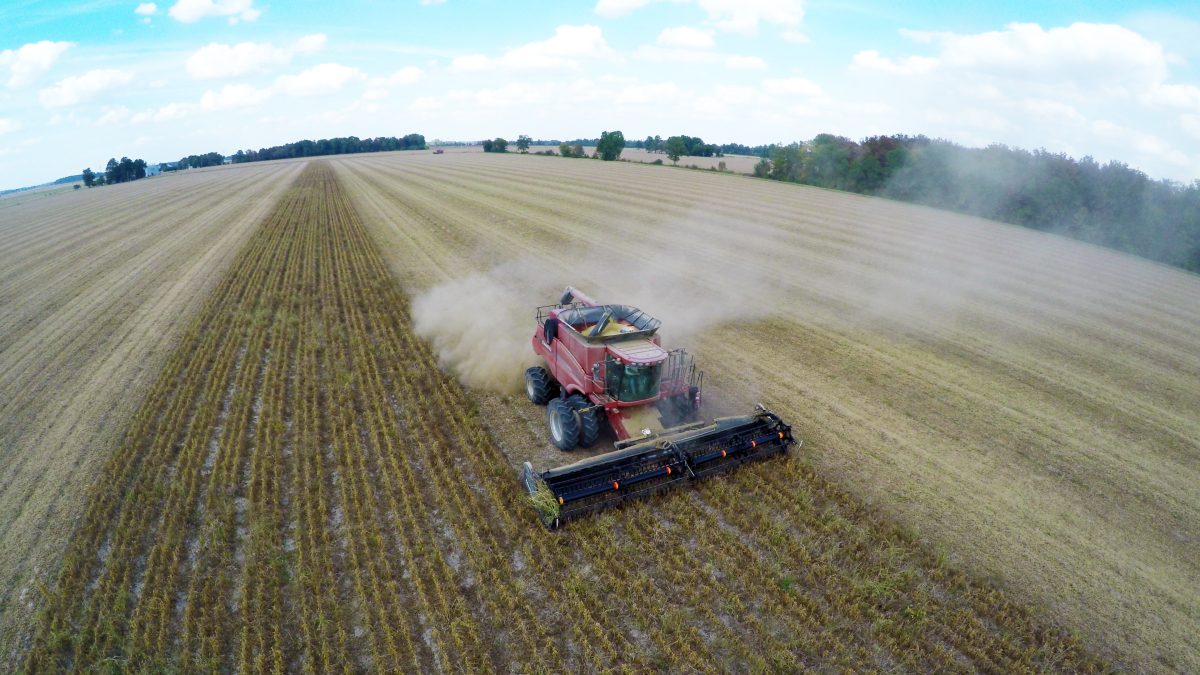New Report Highlights How Stagnant U.S. Public Funding for Agricultural Research Threatens Food Systems
Mike Tomko
Director, Communications

photo credit: Arkansas Farm Bureau, used with permission.
Mike Tomko
Director, Communications
Stagnant public funding for agricultural research is threatening the future vitality of U.S. food systems – posing risks to farmer productivity and profitability, the steady supply of affordable food for consumers, and ultimately global food security, according to a new report.
The report, jointly commissioned by Farm Journal Foundation and the American Farm Bureau Federation and authored by the IHS Markit Agribusiness Consulting Group, highlights the vital importance of public funding for agricultural research and development (R&D). New innovations are crucial so that farmers can increase their productivity and meet rising global demand for food, even as climate change intensifies. The world population is expected to reach 10 billion by 2050, and food production will need to increase by 60%-70% to meet rising demand. While private-sector funding for agricultural R&D has been increasing, U.S. public spending has been flat for the past decade.
“The U.S. has always been a leader in agricultural innovation, but we’re at risk of losing that advantage by falling behind the rest of the world in research and development,” said American Farm Bureau Federation President Zippy Duvall. “This report shows the clear need for agricultural research to benefit not only farmers, but our entire food system and every person who eats. Research will unlock the answers to growing more crops even as we face increasingly volatile weather, help to create a more resilient food system supply chain, and provide food that’s higher in nutritional value. It’s the golden ticket.”
Public investment is crucial, as private companies have less incentive to research subjects that benefit society broadly but offer potentially lower monetary returns, such as in the areas of environmental, animal health, specialty crop, and food safety research. Private companies primarily focus research spending on only a few major crop and livestock markets, leaving other sectors under-explored.
Other countries are seeing the value of investing in agricultural research, putting the U.S. at risk of losing its competitive advantage in agricultural production and exports. China became the world’s largest public funder of agricultural R&D in 2009, and India and Brazil are also making significant investments.
It can take years to develop and bring new technologies to market, so research funded today must seek to anticipate and solve the problems of tomorrow. In order to make agricultural and food supply chains more resilient, increased research funding is needed across the board. This paper focuses on the key areas of crop breeding, crop protection, animal health, animal disease and foodborne illness, climate change, and global pandemics as case studies.
“COVID-19 should be a wake-up call that more public research funding is needed to address unexpected shocks,” said Tricia Beal, CEO of Farm Journal Foundation. “The pandemic created huge challenges for agricultural supply chains around the world. It also showed just how quickly pathogens can spread. Increased public support for agricultural research is crucial for finding solutions to make our entire food system more resilient.”
Read the one page summary.
Read the full report.
Press Contact
Mike Tomko
Director, Communications
(202) 406-3642
miket@fb.org
Bailey Corwine
Media Relations Specialist
(202) 406-3643
baileyc@fb.org
